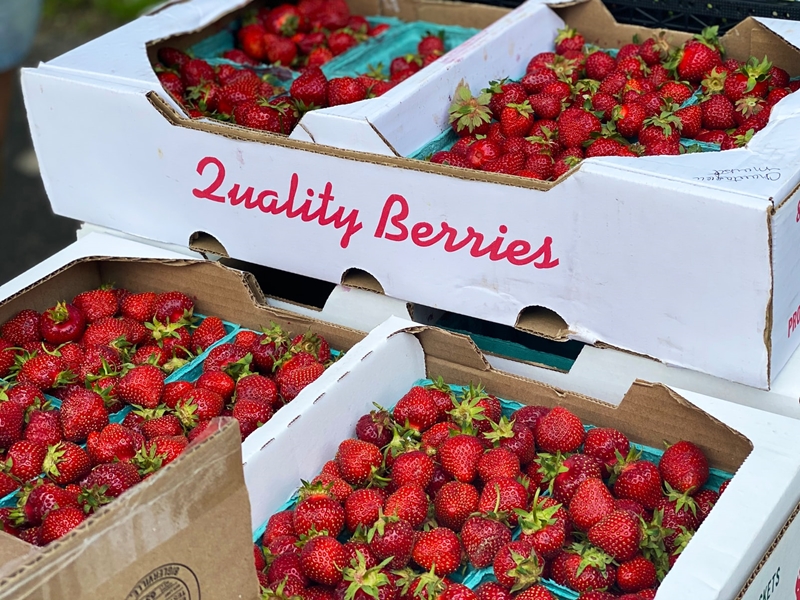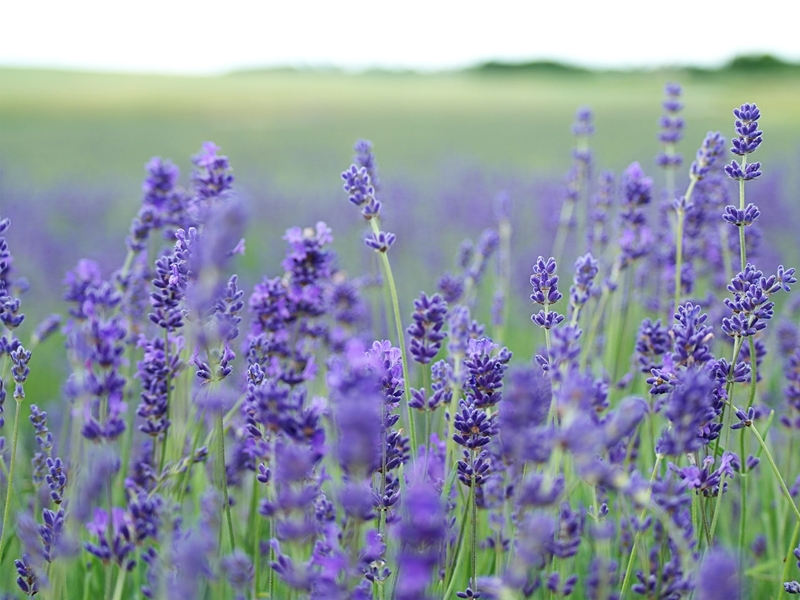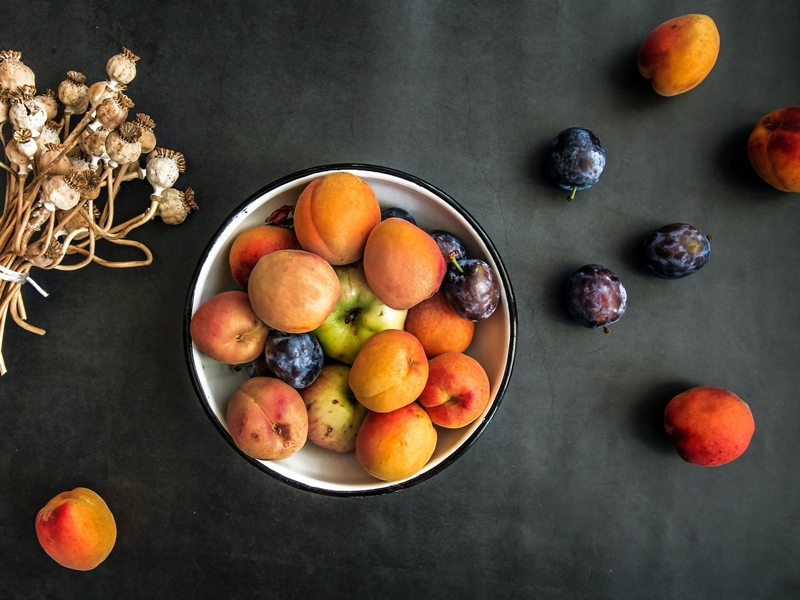Sustainable Solano Offers Important Talk on How to Build Connection in Your Own Community
Join us live on Zoom at 4 p.m. July 2 for Reimagining the Neighborhood: A Placemaker’s Journey with Mark Lakeman of The City Repair Project!
Sustainable Solano, a countywide nonprofit, is hosting City Repair’s Mark Lakeman in a virtual conversation over Zoom about powerful but achievable community-level strategies to empower and connect neighbors — strategies that are already taking root across the country. The online talk is free and open to everyone. Part of the conversation will draw upon insight from Sustainable Solano’s Resilient Neighborhoods in Vallejo, which seek to bring neighbors together to create robust and regenerative urban ecosystems.
The need for strong communities where people know and care for their neighbors is more apparent than ever. There is a demand for solutions that allow neighbors to support and rely on each other. Part of that comes from working together on common goals and reclaiming the commons for the people who live there. With the United States possessing the lowest number of community gathering places of all developed nations, it’s time for communities to reimagine what public spaces can look like and work together to transform neighborhoods into vibrant, inclusive and engaging places where life can thrive.
Attendees for the Reimagining the Neighborhood talk will learn about some of Lakeman’s inspiring work with The City Repair Project, which facilitates artistic and ecologically oriented placemaking through projects that honor the interconnection of human communities and the natural world. While City Repair started in Portland, the organization has supported numerous communities in coming together for change. The discussion will include a special focus on community building at the street level and ways that you and your neighbors can organize and begin transforming your block today: from intersection paintings to little free libraries and pantries, the sky’s the limit when it comes to reimagining what a neighborhood can be.
Mark Lakeman’s talk is part of the Solano Sustainable Backyards program and is made possible by the generous support of the Solano County Water Agency.
Register here to receive a Zoom link to the live talk followed by a Q&A session with Mark Lakeman: https://www.eventbrite.com/e/reimagining-the-neighborhood-a-placemakers-journey-with-mark-lakeman-tickets-107614646304
View and print the flyer here.
About Mark Lakeman and The City Repair Project
Mark Lakeman is the cofounder of the nonprofit placemaking organization The City Repair Project, and principal of the community architecture and planning firm Communitecture. Lakeman is also an urban placemaker and permaculture designer, community design facilitator, and an inspiring catalyst in his very active commitment to the emergence of sustainable cultural landscapes everywhere. Every design project he is involved with furthers the development of a beneficial vision for human and ecological communities. Whether this involves urban design and placemaking, ecological building, encourages community interaction, or assists those who typically do not have access to design services, Lakeman’s leadership has benefited communities across the North American continent. These include cities such as Los Angeles, Seattle, and Ottawa where City Repair projects are underway.
Lakeman’s projects have been featured in such publications as Dwell, Architecture Magazine, New Village Journal, Yes magazine, The Utne Reader, Permaculture Activist and many more. With City Repair, in 2003 Mark was awarded the National Lewis Mumford Award by the international organization Architects & Planners for Social Responsibility for his work with Dignity Village, one of the United States’ first self-developed, permanent communities by and for previously homeless people.
To learn more about Lakeman, click here.
About Sustainable Solano
Sustainable Solano is a countywide nonprofit organization that is dedicated to “Nurturing Initiatives for the Good of the Whole.” The organization brings together programs that support and sustain one another and the Solano County community. Initiatives include sustainable landscaping, local food, resilient neighborhoods, sustaining conversations and community gardens.
For more information, visit sustainablesolano.org





